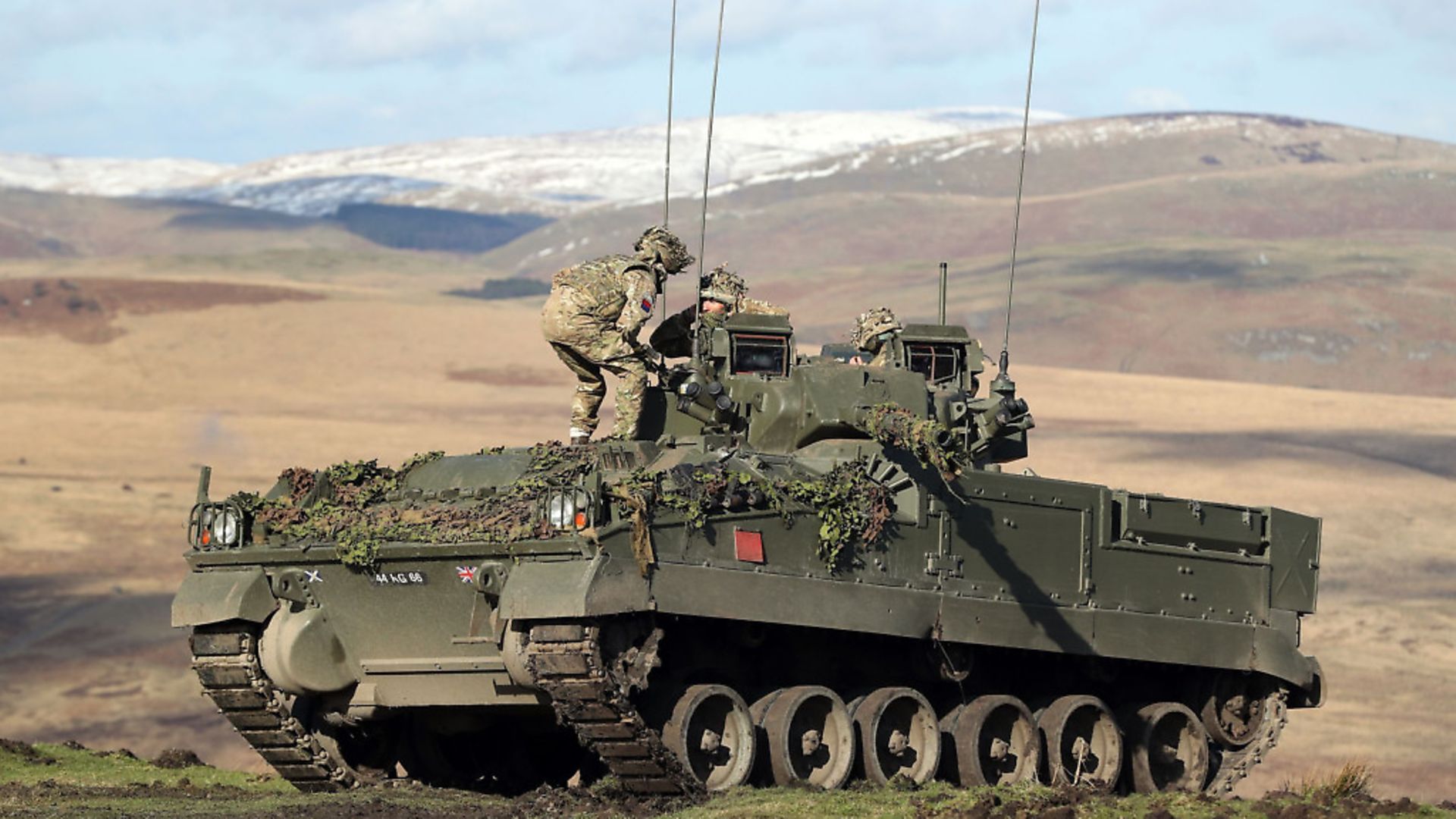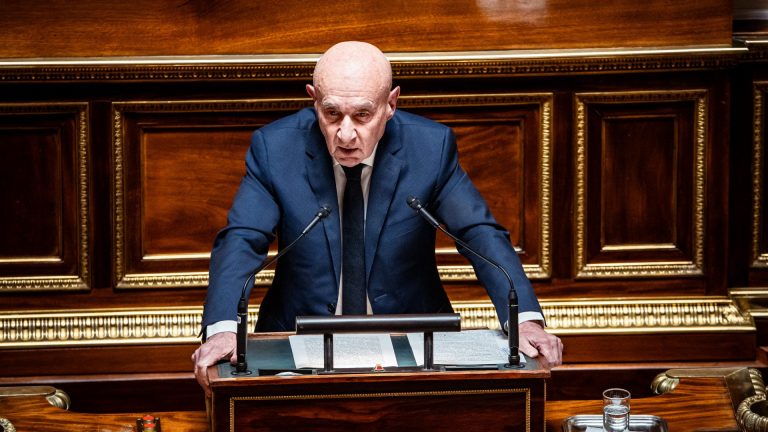
A fixation with the demand that NATO members spend 2% of their GDP on defence obscures a wider issue for the Alliance
European leaders have pushed back at Donald Trump’s threat that they increase defence spending by the end of the year or risk American rethinking its commitment to transatlantic partnership in defence and security. Despite a slightly more cooperative tone coming from the Defence Secretary Jim Mattis, it is clear that America commitment to the North Atlantic Treaty Organisation is dithering.
Only five of NATO’s 28 member countries currently commit the agreed 2% of their gross domestic product to defence. This has led to harsh criticism from Washington. President Obama repeatedly demanded an increase in the European defence budgets. Now, the new Trump Administration is more determined than ever to get the allies to toe the line.
‘America will meet its responsibilities, but if your nations do not want to see America moderate its commitment to the alliance, each of your capitals needs to show its support for our common defence,’ Mattis reportedly said at the NATO defence ministers meeting in February. His words are a more diplomatic version of President Trump’s threat that if the European countries do not ‘pay their share’ Washington would not feel automatically obliged to fulfil its obligations towards the defence of its European allies. This puts the deterrent value of the Alliance at risk. NATO works only as long as its members show resolve and commitment to defend each other. If one has reservations, the house of cards collapses.
This is hardly news. Since the 1970s numerous American administrations have complained about European ‘free-riders’ and many in Washington have often equated higher defence spending with political commitment to the Alliance. The problem became more acute in the post-Cold War era as the Europeans slashed their budgets after the collapse of the Warsaw Pact. Budget-tightening measures after the 2008 financial crisis strengthened the trend and widened the gap with an American steady commitment to defence. As a result, the Europeans became even more reliant on the US commitment to the Alliance and to the defence of Europe.
The 2% pledge was first agreed in 2006 but nobody really paid attention until the hostilities in the Donbass region and the annexation of Crimea acted as painful reminders that territorial defence is still an essential part of government planning. Hence, the 2% pledge was renewed with fanfare at a summit in 2014. Members promised to meet their obligations by 2024. Yet again, however, few followed suit.
The US currently spends around 3.6% of its GDP on defence. The second biggest NATO spender in proportional terms is Greece, at 2.38%. The UK, Estonia and Poland, position themselves just above the 2% target. Several key partners fall short, with Germany at 1.19% and France at 1.78%. Five countries, including Canada, spend less than 1%.
Defence spending is significant in many ways. By earmarking a percentage of national resources towards defence, members contribute to the readiness of the Alliance. It is also felt that if all members allocate a similar portion of their resources to defence, they all have an equal share of responsibility and commitment. In other words, similar defence budgets foster NATO’s resilience both in political and in military terms.
Given the importance attached to the 2% mythical figure and the political pressure exerted on the national governments to meet the target, it is worth considering the soundness of the 2% pledge. If the aim is to make the Alliance stronger and more resilient, the 2% figure is meaningless.
To start with, NATO does not have a definition of what can be included in the national defence budgets. National governments decide what goes in and what stays out. In other words, the 2% figure measures input not output. It measures what governments spend, not how they spend it.
Countries can play with the figures. The members that meet the 2% target are not necessarily contributing more to the defence of the Alliance than those who do not. Greece is the second largest contributor after the US in percentage terms. Yet, most of its 2% goes into salaries and pensions. Virtually nothing goes into R&D or in modernisation of the existing weapon systems. A healthy army’s payroll does not mean that Greece would necessarily contribute more effectively to the defence of the Alliance than Bulgaria or Romania, who commit 1.3% and 1.5% respectively. Britain also proudly meets the 2% target but a comparison of the last few defence budgets show that this was achieved by shifting items from other departments, like intelligence and pensions, and not by increasing the budget in absolute terms.
The 2% does not come with the obligation to ensure maximum degree of cooperation and inter-operability among different national weapons and communication systems. To work effectively, the Alliance needs a comprehensive and structured procurement policy whereby modernisation, R&D and new acquisitions of each member nations strengthen both the member and the Alliance as a whole. As Elisabeth Braw, from Control Risks – the global risk consultancy firm – has pointed out, the current state of NATO and European procurement policies leave much to be desired and there is too much room for duplication, inconsistency and waste of resources.
It is also important to point out that at a time in which the Alliance needs to deter aggression as well as to stabilise its own periphery, straightforward military budgets cannot be the only answer. Germany does not meet the totemic 2% but its foreign aid budget is at record high. Germany is now the third largest donor after the Unites States and the United Kingdom. In 2015, Germany’s development assistance fund increased by 26%. It is the largest development budget it has ever had, at a time in which most western countries, including most recently, the US, are making cuts to these.
Under Angela Merkel, Germany is framing its development cooperation both as a response to the root causes of migration as well as a way to ensure long-term stability and security. Merkel and her Defence Minister Ursula von der Leyen argue that development assistance contributes significantly to the stability and security of the continent and that it should therefore be taken into account when ‘evaluating’ the commitment of the members to NATO.
This does not mean however that Germany is altogether dismissive of the need to invest more in defence. The country has increased its latest defence spending by 8% and Merkel confirmed that Germany would stick to its long-term commitment to raise defence spending by the middle of the next decade. Yet she resists pressure to do so in the timeframe demanded by the Trump administration.
So why, despite all its clear flaws, do we insist on the 2%? The answer is that the figure is seen in Washington as is a symbol of political commitment towards the Alliance. The 2% is a political yardstick to measure how much the Europeans want to keep the American engaged to the continent. If they are not willing to contribute their fair share to their own defence, why should the Americans rush to their rescue?
Given that NATO is first and foremost a political alliance in which cohesion and consensus need to be fostered on a daily basis, the 2% target cannot be disregarded despite its inner weaknesses. Yet, at a time in which Europe faces multiple challenges, it is essential to move the 2% debate on to new ground and to make sure that the insistence of higher defence budgets goes along with tighter and more coherent procurement policies, better integrated R&D, strong intelligence cooperation and investment in cyber defence.
Ultimately, political cohesion is what underpins the peace and stability of the West and the Allies must find a way to show commitment without getting lost in pursuing a target, which is not fit for purpose.
Dr Linda Risso, from the Institute of Historical Research, is an expert in European defence and security







